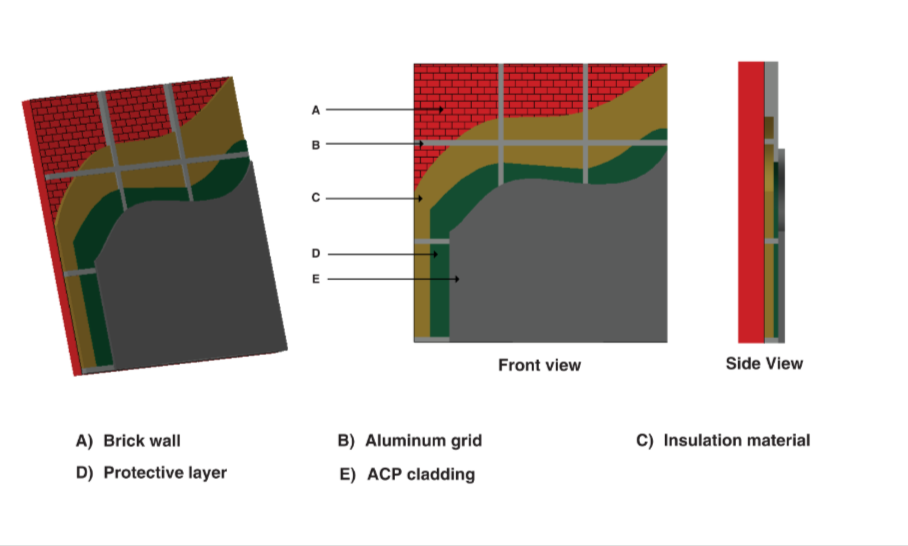Let’s Start Work
Together
Please feel free to contact us. We will get back to you with 1-2 business days. Or just call us now.
Brochure
Download our document to see specific data of the service and how we work.
BRICK WALLS TRANSFER HEAT
Typically, walls are made of bricks. They are good conductors of heat (k-value 0.6 to 0.9 W/mK) so they help transfer heat from the atmosphere to the inside of the building. These walls are like heat power bank. They release the heat inside the building throughout the day. The maximum transference takes place when it starts getting cooler outside.
WEATHER IMPACTS WALLS
The weathering effect has an impact on the walls. The ever changing weather deteriorates their thermal properties. The moisture present in the atmosphere also affects the walls, making them damp and more susceptible to heat. This leads to more influx of thermal as well as acoustic vibrations and waves.
WHEN THE NEIGHBOURHOOD IS NOISY
The walls being dense, they partially reflect sound and partially absorb it. This helps the building occupants if the outside noise is minimal or not too loud. But in noisy vicinities like airports, train stations and bridges, the sounds are absorbed by the walls and transferred inside the building due to their loudness and low frequency. This disturbs the occupants.
- Transference of heat and sound waves through brick walls is easy
- The thermal and physical properties of the brick wall are affected due to weather
- Noise and extreme weather conditions deter the comfort of the occupants
INEXPO CREATES ACOUSTIC BARRIER
Using a layer of insulation on the exterior walls creates a barrier for acoustic and thermal waves. This layer limits the direct ingress of thermal waves in the building, hence increasing the thermal comfort for the occupants. The insulation layer absorbs sound better than wall due to its open and dense cell structure. This helps cancel out unpleasant sounds from the outer ambience to a large extent.
InExpo Reduces Heat Transfer Also
Outside wall insulation generally comprises of a layer of insulation followed by a protected weatherproof finish like stone cladding, ACP, high pressure laminates, etc., to minimize the impact of weather changes. The insulation materi-al is laid in the grid work of the façade for the building. The design prioritizes acoustic barrier over thermal barrier. The system also provides an excellent envelope for walls of the building from the weather conditions, hence prolong-ing the building life.
The suggested thickness of this system varies from 50 mm to 125 mm including air gap, and the beauty of this system is that it doesn’t encroach on your carpet area.
Ideal For
Corporate Buildings, Universities, Hospitals, Research Laboratories, etc.
- InExpo systems create acoustic and thermal barrier
- This makes the inside of the building quiet and cosy
- Additional layer of protection helps prolong building's life



